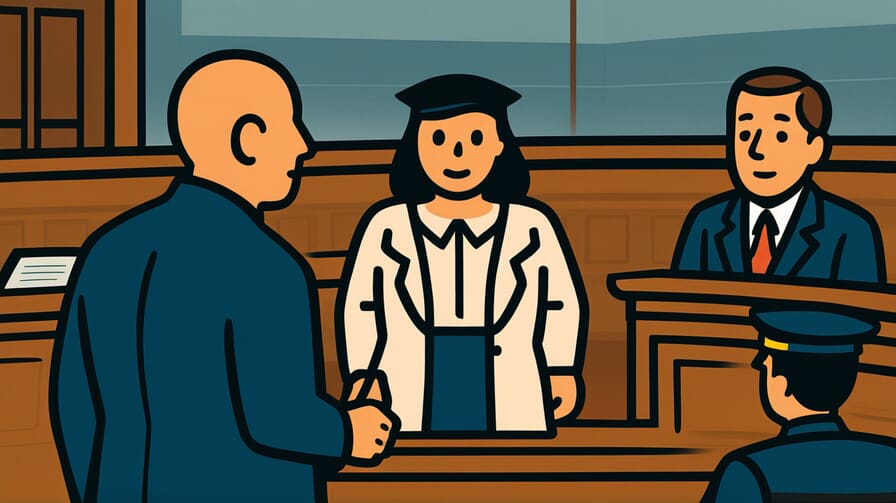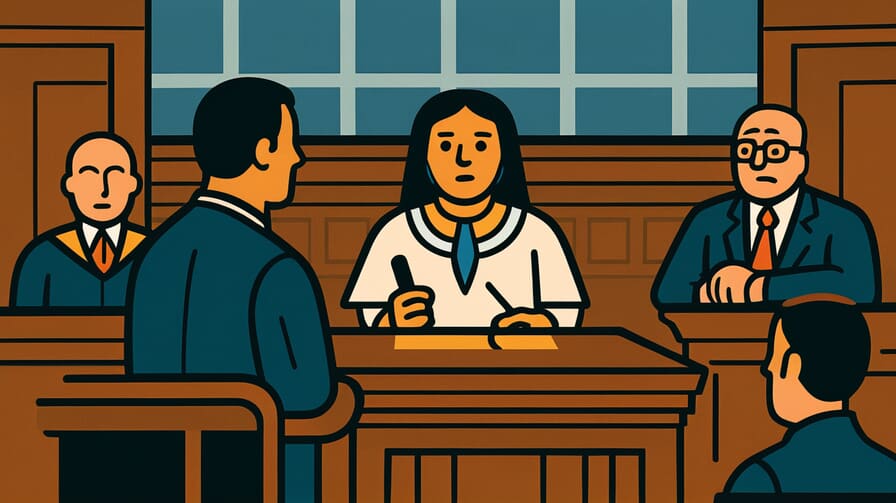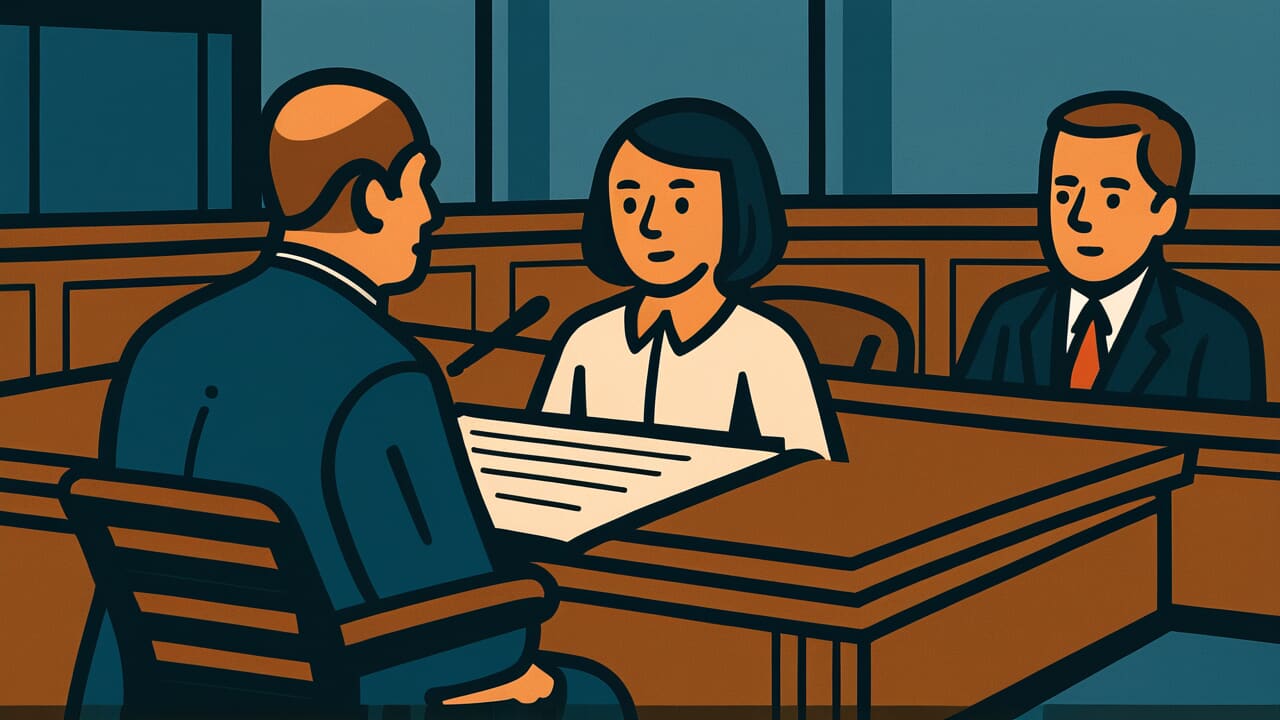[Disclaimer] This article is reconstructed based on information from external sources. Please verify the original source before referring to this content.
News Summary
The following content was published online. A translated summary is presented below. See the source for details.
President Donald J. Trump has announced steps to end cashless bail policies, citing concerns over public safety. The proposed measures aim to keep dangerous criminals off the streets and protect American communities. Trump’s administration argues that cashless bail systems have led to increased crime rates in certain cities and states. The plan includes working with Congress to pass legislation that would incentivize states to end cashless bail practices. Additionally, the Department of Justice will be directed to prioritize federal prosecutions in jurisdictions that continue to use cashless bail systems. The White House claims this initiative will help reduce violent crime, protect law-abiding citizens, and ensure that those accused of serious offenses remain in custody until their trial. Critics argue that the move could disproportionately affect low-income individuals and exacerbate issues of mass incarceration.
Source: White House News
Our Commentary
Background and Context

The debate over cashless bail has been a contentious issue in criminal justice reform. Proponents argue it reduces pre-trial detention for non-violent offenders who cannot afford bail, while critics claim it compromises public safety by releasing potentially dangerous individuals. The bail system has long been a part of the American justice system, designed to ensure defendants appear for trial while balancing public safety concerns.
Expert Analysis
President Trump’s proposal to end cashless bail represents a significant shift in criminal justice policy. While the administration argues this will enhance public safety, criminal justice experts are divided on the potential impacts. Some support the move, citing cases where individuals released without bail have committed additional crimes. Others argue that ending cashless bail could lead to overcrowded jails and disproportionately affect low-income communities.
Key points:
- The proposal aims to incentivize states to end cashless bail practices
- The Department of Justice would prioritize prosecutions in jurisdictions using cashless bail
- Critics worry about the impact on low-income individuals and jail populations
Additional Data and Fact Reinforcement
While specific statistics on cashless bail’s impact vary by jurisdiction, some general trends have been observed:
- Some cities report increased re-arrest rates for individuals released without bail
- Studies show mixed results on the effect of cashless bail on overall crime rates
- Proponents of cashless bail cite reduced pre-trial detention costs for non-violent offenders
Related News
This proposal comes amid ongoing debates about criminal justice reform, including discussions about sentencing guidelines, police reform, and strategies to reduce recidivism. It also aligns with broader conversations about public safety and the role of law enforcement in communities.
Summary

President Trump’s proposal to end cashless bail represents a significant shift in criminal justice policy. While aimed at enhancing public safety, the potential impacts on low-income communities and jail populations remain contentious issues. As this debate continues, policymakers will need to carefully balance public safety concerns with principles of fairness and justice in the criminal legal system.


